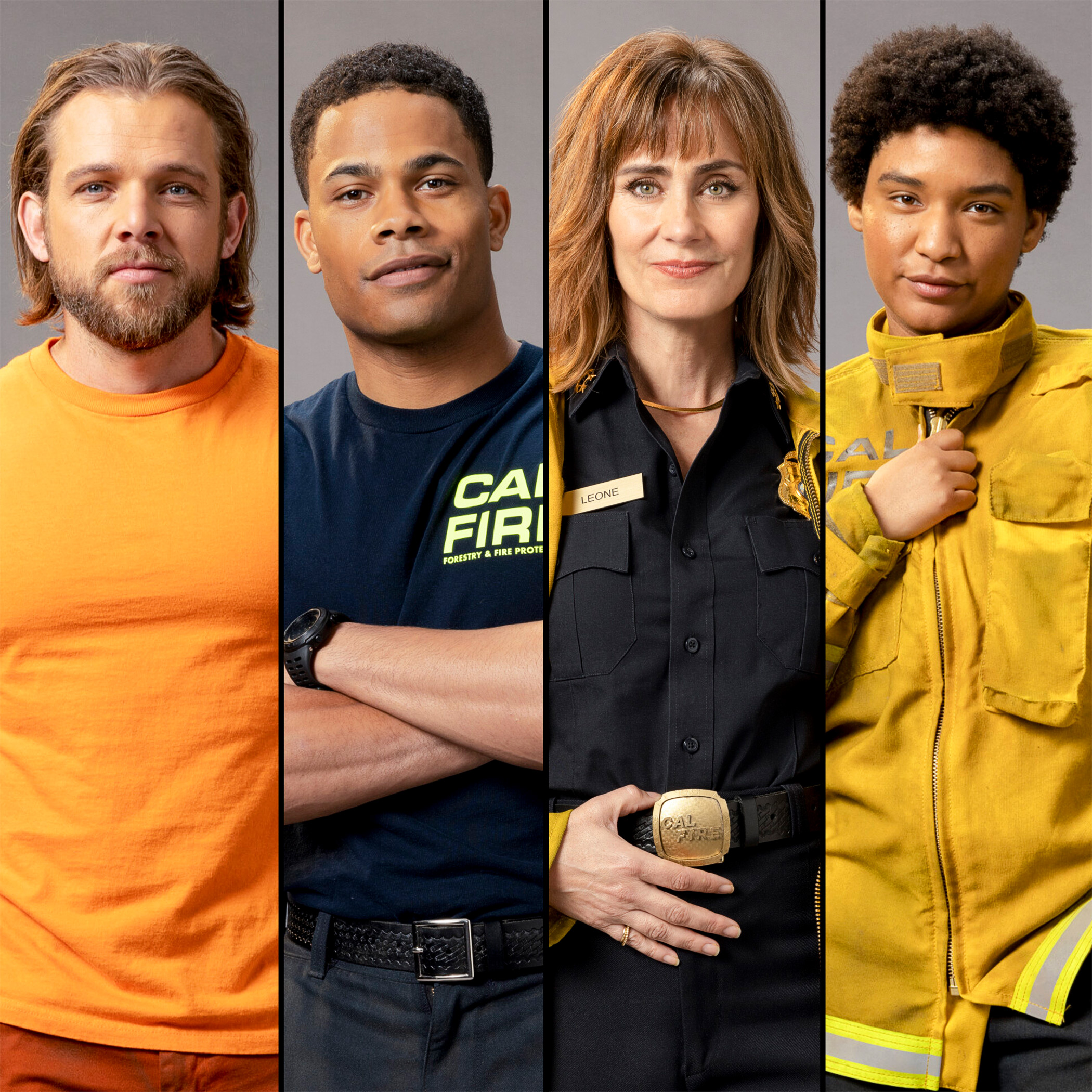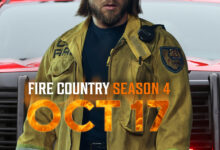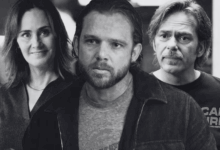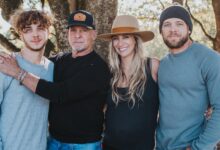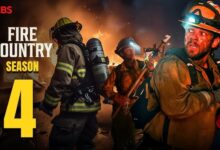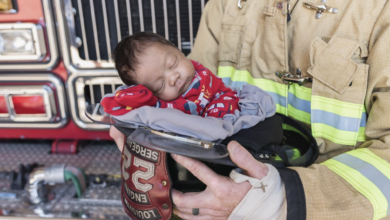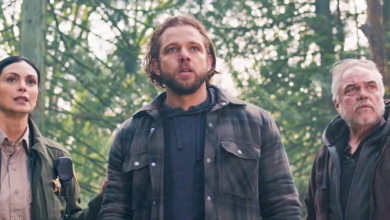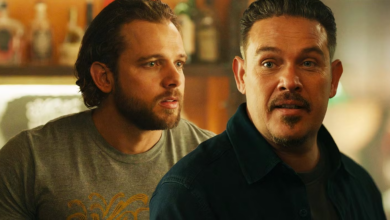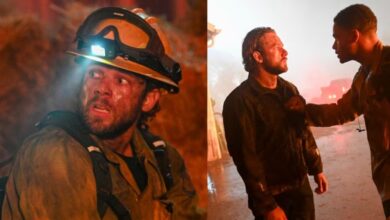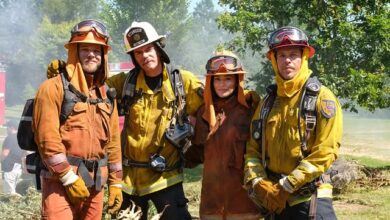A ‘Fire Country’ Star’s Holiday Plea: Enough With the 12-Hour Workday!
Actor and newly minted director Diane Farr questions if the brutally long shooting day should still be the norm given its impact on the mental health and physical safety of cast and crew.
In their commitment to supporting genders and races historically unseen in the director role, my producers on Fire Country chose to promote cast and crew from within the show to direct. With an order spanning 20-22 episodes a year, our cast and crew are fluent in the unique challenges of filming a nine- to 10-month shooting season — one of the longest in television production. I play Sharon Leone — the mother of one, wife of another and boss of all the characters on the show — while also being female and over age 50. So, I, too, saw the upside to directing for the first time.
But I was not immediately jumping at the chance. This was not only because technology and lensing overwhelm me. Rather, I’ve spent a decade dismayed by directors — both new and seasoned — who make the work-life of hundreds of people harder than it needs to be when choices aren’t made to mitigate the tall order of shooting episodic TV on tight schedules. Over my 30-year career, I have found that the health of a marriage, a family and the ability to recover from anything draining the body or mind lies between a 50- and a 60-hour work week, and that consistently working beyond a 10-hour day can crumble a home life and the art we come together to make.
And if you just scoffed at network procedurals being “art,” you can kiss it. Capturing a mood over 15 takes on a three-page day is akin to being able to meditate by candlelight while in the bath. Not … that … hard. But creating a feeling on a moving master, while B and C camera get all the needed coverage of two stars in one set up over eight pages of dialogue while actual fire is burning? That is a skill I admire and am working to emulate.
Sadly, throughout my career the person yelling “cut” is all too often not able or willing to make key choices before or during filming. Instead, they use the cast and crew to just capture content and find a story later. My dismay with this version of storytelling is rooted in my experience of making TV and film with only one camera during the first 15 years of my work life. Our previous reliance on just one camera — that also had actual film rolling inside of it — was the reason for 12-hour days. Every angle was shot one at a time. Directors — as well as writers and actors — had to commit to the story we were telling as we shot it, since we only “printed” the take going on screen (the film was too expensive to process all of it).
Today, two, three and sometimes even five cameras are used on every shot, yet shooting days are equally as long, pushing a workforce into repetitive and escalating labor that leads to low morale and exhaustion. Under these conditions, no one makes their best choices. About anything.
I’ve played a lead in 10 TV series — sitcoms, single-camera comedies, network, cable and streaming dramas and two procedurals. Some of these had ideal shooting hours, usually tied to a star or power producer who demanded it, to the betterment of the product and all of us making on set. And I’ve been on other shows that pushed the limits unions allow. So after making more than 400 episodes of television, my intention for my directing debut was equal parts quality on screen and quantity of hours on set. Because I am sure the latter contributes immeasurably to the former.
So I began shadowing directors who look after their episode as well as their cast and crew. I learned it is the director’s job to advocate to shoot inside when it is below freezing or over 100 degrees. (There are temperature rules for shooting with dogs. To my knowledge, there are none to protect humans.) I was shown how a director might let a writer know if the scenes written cannot be filmed in the time allowed. (We all want a writer who dreams big, but a director who can speak honestly is equally valuable.)
Having just completed my inaugural episode of directing, I’m relieved to know that a two set-up goal with a maximum of three in each scene was mostly achievable — because with two and three and even four cameras, wide shots and close shots were shot simultaneously rather than four angles of the same size all day long. Because of this, most of my days were shot in nine or 10 hours. My final day was shot in seven and my “fire” day was a full 12. Which leads me to wonder…
What if the 12-hour shooting day — or any with a challenging stunt, location or large group of characters (or all these variables happening simultaneously, which is often the case on our show) was considered overtime rather than a “standard workday”? This would require new language and agreements from multiple unions, to be negotiated with producers, executives and buyers. Or it could be addressed by just one single guild — the Directors Guild of America.
The DGA is reputed to take the best care of its members. (It also has the smallest membership and charges the highest dues.) So as a new member I ask my guild: Should 12-hour days be a norm any longer given our focus on mental health, ending sexual harassment and concern for physical safety?
If adjustments for filming with multiple cameras could be taught, recommended or even mandated, the goodwill to promote folks with less experience might linger a little longer. As it stands, the elevation of anyone to the role before they are ready isn’t just expensive for that episode and production, it is also costly to that director’s future. Those who exhaust human and monetary resources by overshooting are not quick to be rehired. Failing to educate newcomers on ways to work efficiently, that also keep health and safety top of mind, could set all of us back further than ever.
